Orduña – Logroño
CHARACTERISTICS
- Estación de Orduña (UTM 30T 498707 4760215); (P.K. 208,900) / VM
- Estación de Miranda de Ebro y Miranda de Ebro Mercancías (UTM 30T 504822 4726470); (P.K. 145,200) / VM
- Estación de Haro (UTM 30T 512357 4714590); (P.K. 127,800) / VM
- Estación de Logroño (UTM 30T 545976 4700756); (P.K. 77,000) / VM
The Orduña-Logroño section constitutes the central part of the RFIG’s Intermodal Abando Indalecio Prieto-Casetas railway line 700, in which the segment between Bilbao and Orduña is integrated into Bilbao’s suburban network. Its development is part of the construction of the Castejón-Bilbao line, which was put into service in 1863.
In the mid-19th century there was significant social demand for a direct railway from Bilbao to Madrid, but after extensive studies by the Compañía de los Caminos del Norte de España, CCHNE, the construction of the line was ruled out. [1] However, in May 1856, the provincial council of Logroño presented the council of Vizcaya with a proposal to create a railway line connecting Haro and Logroño, with access to the sea through the port of Bilbao and a connection to the Zaragoza-Alsasua line, with Tudela as the interconnection point. [2] This line connected the Bilbao region with the interior of the peninsula and improved communications in the north of Spain. In order to carry out its construction, the section from Tudela to Bilbao through La Rioja was first auctioned, without having yet decided on the point of connection with the Madrid-Hendaye line, also known as the General del Norte line or Imperial line. Initially, the cities of Vitoria and Miranda de Ebro were considered, with the latter finally being chosen as the link point.
In 1845, the demand from the people of Bilbao for a direct railway to Madrid began to become evident.
The Railway Company of Tudela to Bilbao was created to finance the construction, which was also funded by the Biscayan industry and the Bank of Bilbao. The works were completed in 1863. [3] The link with the line historically known as Zaragoza-Alsasua was made in a remote neighbourhood of Tudela, which would become the railway town of Castejón de Ebro and which has given its name to the current Adif line 710 Altsasu-Castejón.
After construction was completed, the railway company from Tudela to Bilbao faced financial difficulties and three years later had to file for bankruptcy and was taken over by the Banco de Bilbao. With the development of the Second Carlist War, the line was closed for two years (1873-1875), which damaged its facilities and rolling stock.
The Railway Company of Tudela to Bilbao was created to finance the construction, which was also funded by the Biscayan industry and the Bank of Bilbao.
In 1878, the Northern Spanish Railway Company took over the Tudela to Bilbao Railway Company, later becoming part, in 1941, of the newly created RENFE, when the Iberian gauge network was nationalised. In 2005, with the extinction of RENFE, within the framework of Law 39/2003 of the Railway Sector, the line came under the control of Adif like the rest of the RFIG of the State.
The latest improvements made to the line have consisted of the electrification of the Miranda-Bilbao section in 1956 and the Miranda-Zaragoza section in 1976, as well as the construction of the Miranda By-Pass in 1987 and the increase in voltage of the Miranda-Bilbao section in 1984.
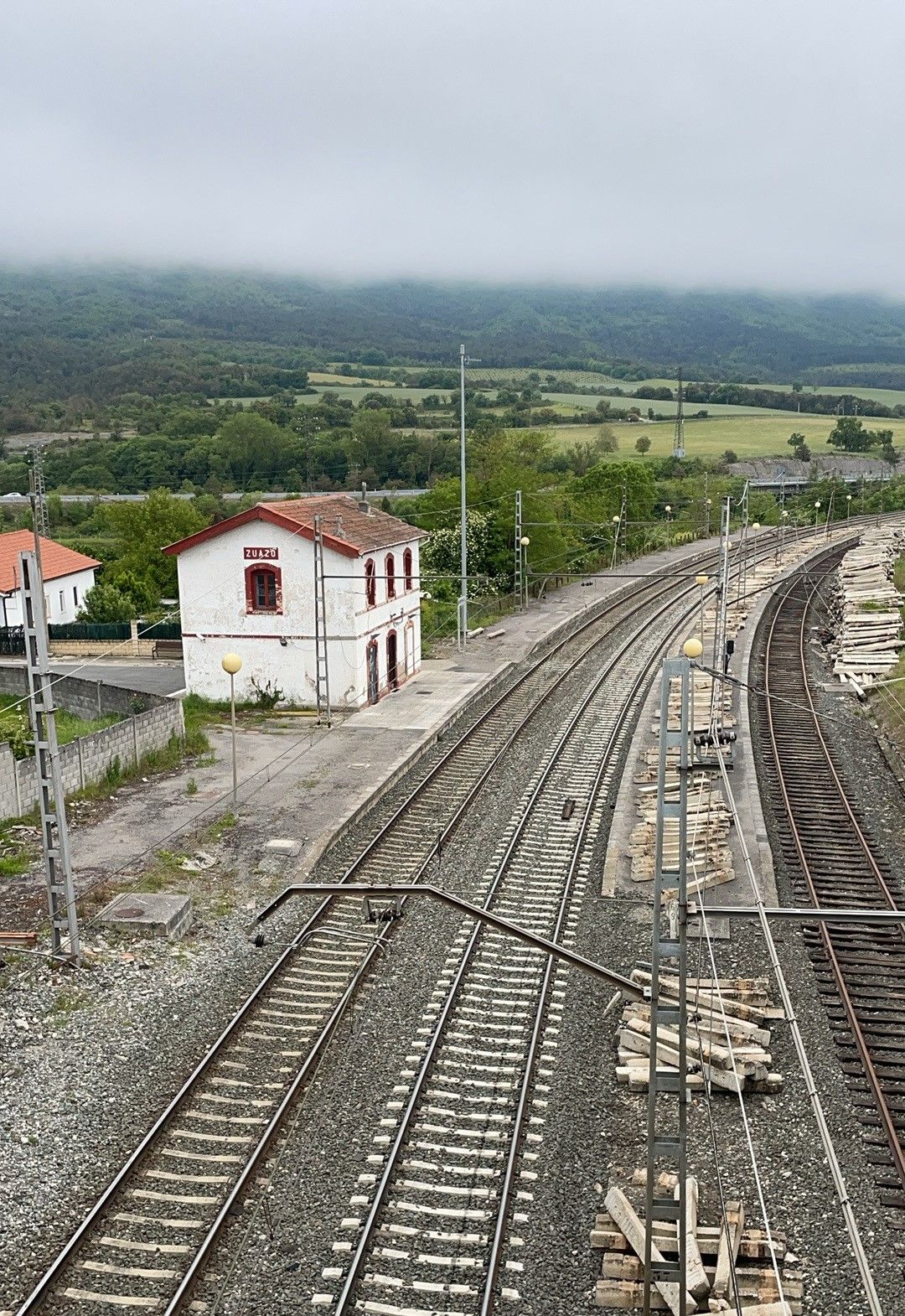
Apartadero de Zuhatzu (Navarra)
In 2024, Adif is in the process of adapting the 750-metre Orduña station for use by interoperable trains, with the aim of boosting freight transport on the line. [4]
This railway line is of great interest to tourists due to its history and the natural attractions it offers along its route. As for the stations, there is a great disparity, some are in use and retain good architectural features, while many others are abandoned or disused. It can be seen that the population is currently clustered in the municipalities that have operational railway stations, while the number of inhabitants has decreased significantly in the rest.
This railway line is of great interest to tourists due to its history and the natural attractions it offers along the way.
The great historical and cultural interest of the towns and cities through which the line runs is marked by the numerous Assets of Cultural Interest (BIC) that exist, such as the Sanctuary of La Antigua in Orduña or the Bank of Spain building in Haro. In terms of the landscape and natural values, the route of the line runs close to the river Ebro, whose banks are protected by the Natura 2000 Network among other local protection measures, and along the route there is a wide variety of areas of high ecological value, especially in the vicinity of Orduña, offering travellers panoramic views of great beauty. Nor should we forget that the line crosses important wine-producing regions, allowing tourists to visit wineries and vineyards, particularly those in Haro, Briones and Cenicero.
Category A2.
Electrified track with concrete sleepers in need of repair.
Photographic report
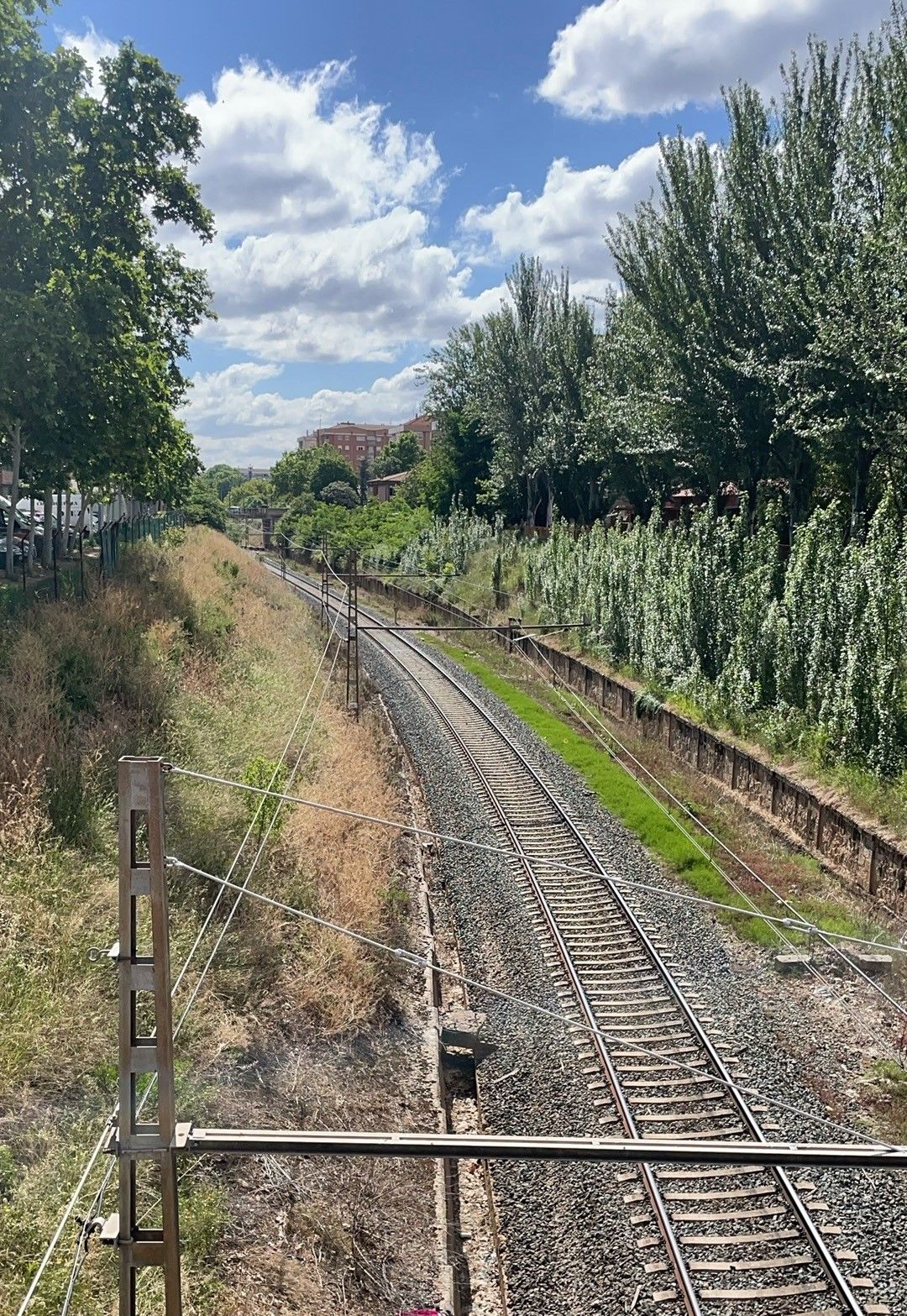
Vista superior de la Línea 700
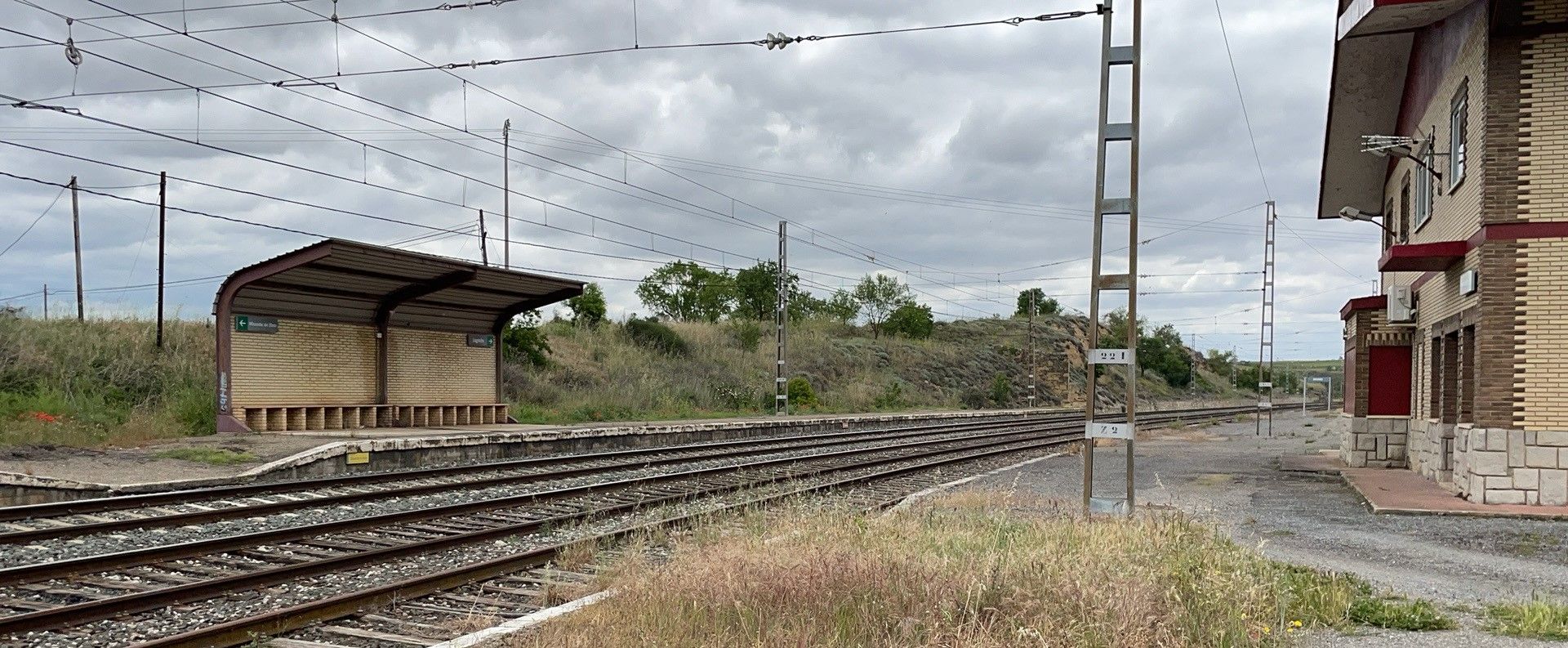
Apartadero de Briones (La Rioja)
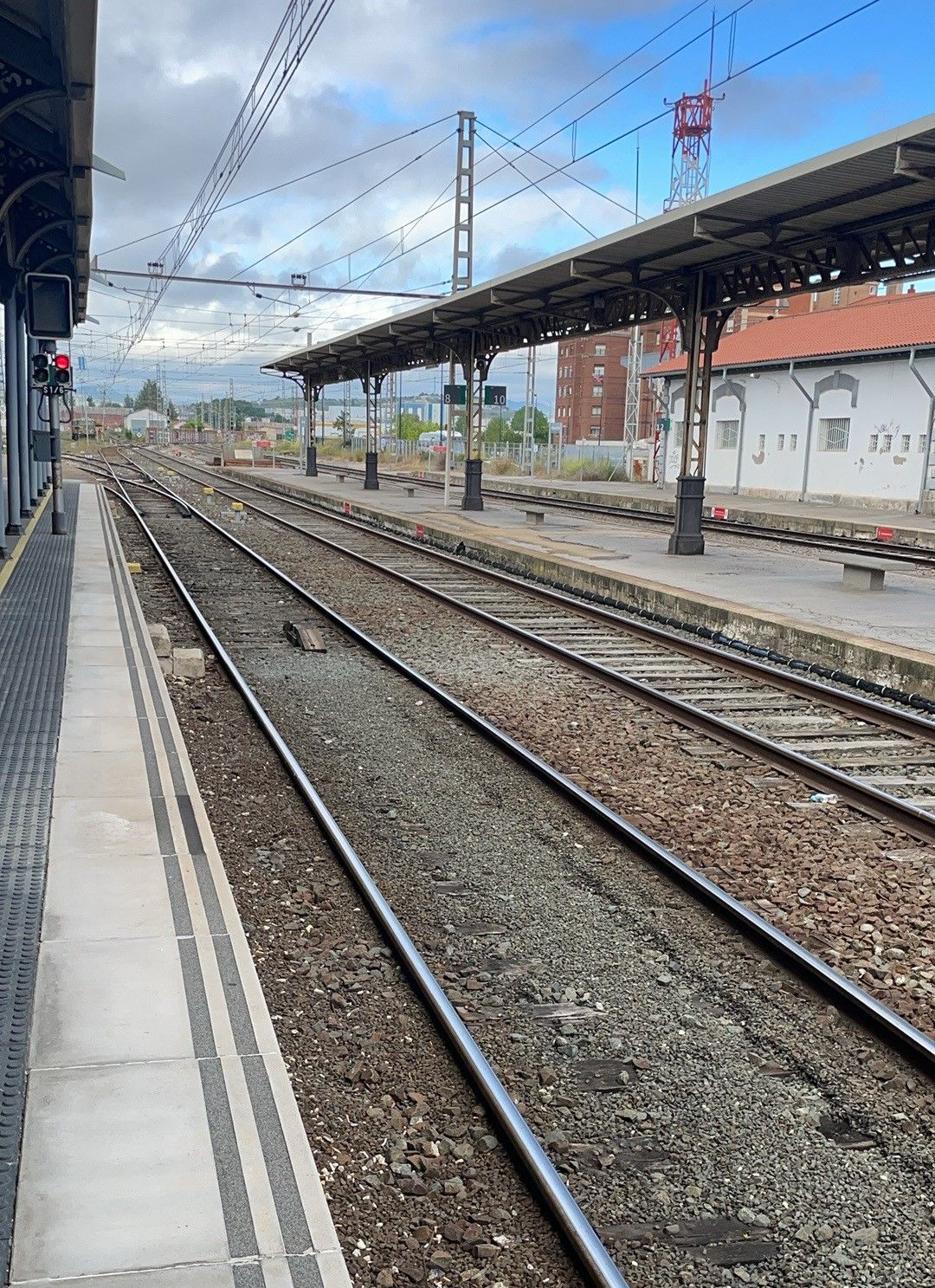
Estación de Miranda de Ebro (Burgos)
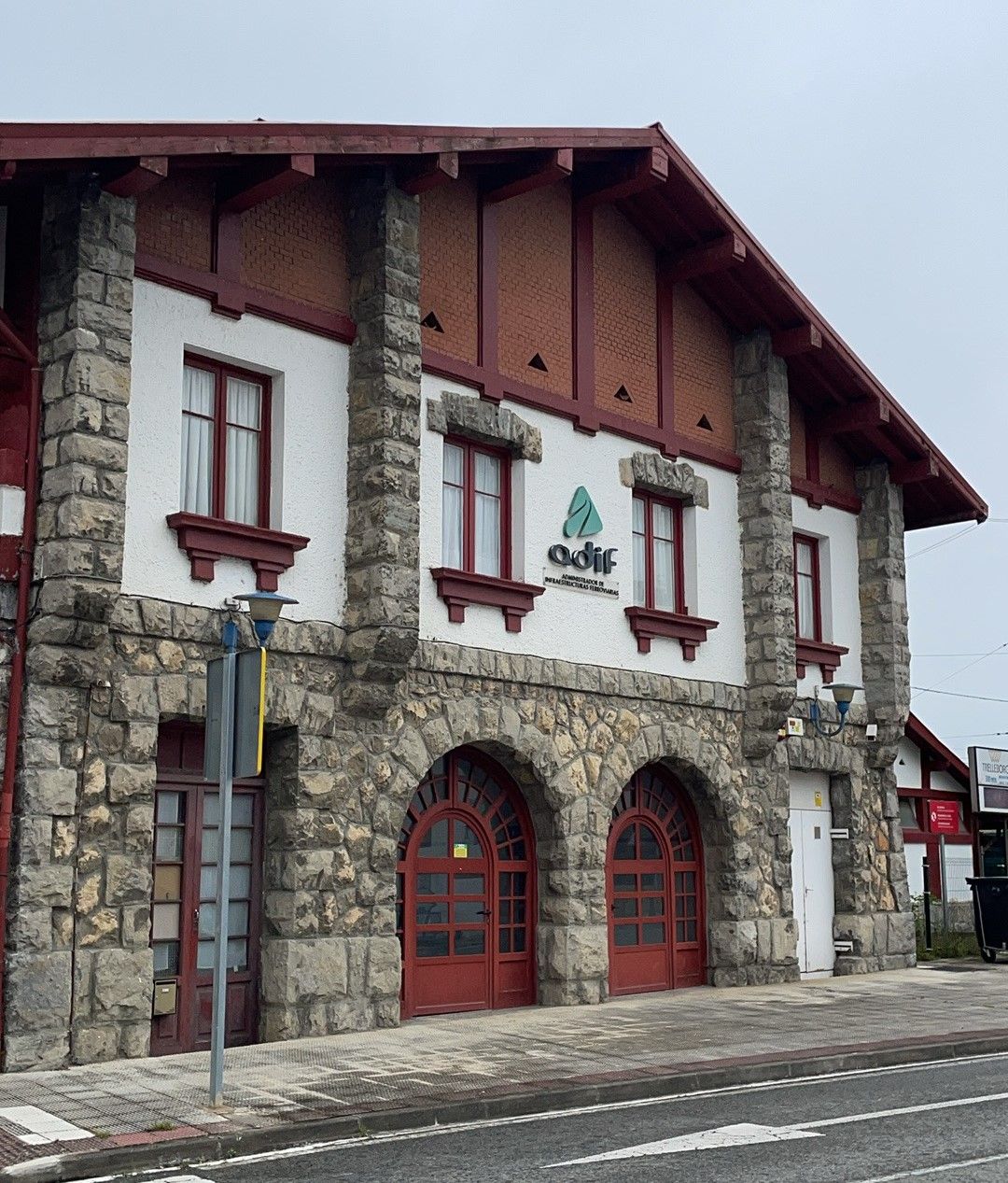
Apartadero - cargadero de Izarra (Álava)
References
-
Asociación de Amigos del Ferrocarril de La Rioja, «Historia del Tudela - Bilbao», Asociación de Amigos del Ferrocarril de La Rioja. [En línea]. Ver referencia
-
F. Comin. 1998. 150 años de historia de los ferrocarriles españoles. Anaya
-
La Riojo. Org, Historia del Ferrocarril en la Rioja 2024. Ver referencia
-
Adif. Nota de prensa. Ver referencia